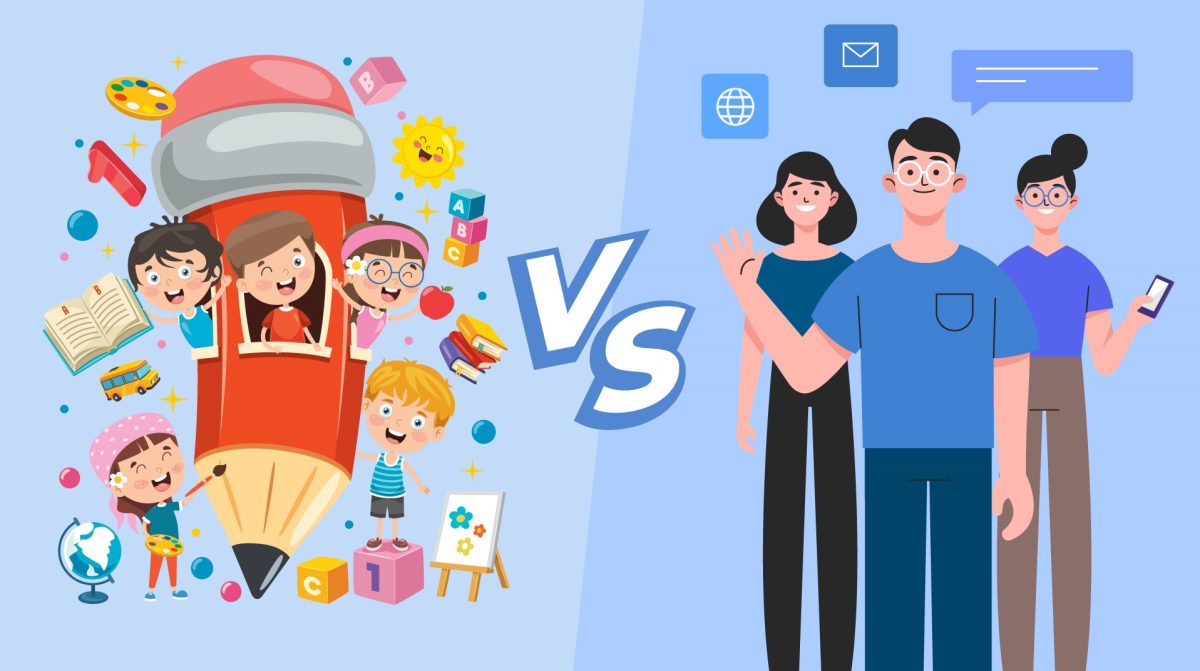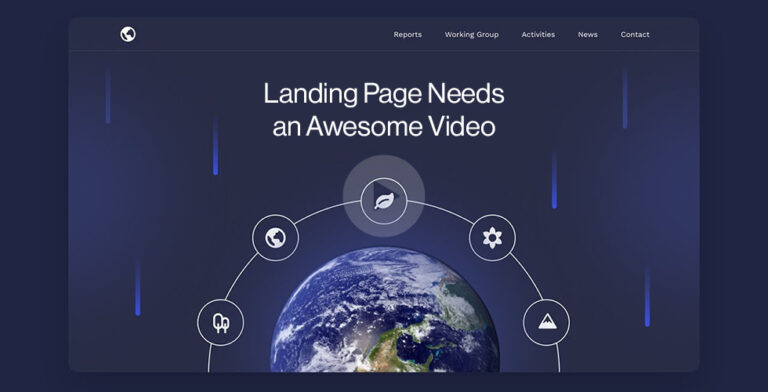Is there any child out there who did not watch cartoons or animated children’s movies? In the twenty-first century cartoons and animations bring us back home with their homely and utopian portrayal of the world. Using this emotional and nostalgic aspect, marketers started to utilize it to capture the attention of their target audience.
Two popular forms of visual content used in advertising are cartoons and animations. Cartoons are hand-drawn or digitally created images that often have a simple, exaggerated style and are typically used for humor or satire.
Animations, on the other hand, involve creating a sequence of images that simulate movement, typically using computer-generated imagery (CGI). While both cartoons and animations have their strengths and weaknesses, businesses need to understand which one is more effective for their advertising campaigns.
In this article, we will explore the characteristics of cartoons and animations, compare their effectiveness in communicating messages and engaging audiences, and provide insights into choosing between the two for successful advertising campaigns.
What is Cartoon?
A cartoon is a type of visual art that uses hand-drawn images to tell a story or convey a message. Cartoons are often categorized by their exaggerated and 2D style using caricature and humor to seem appealing to their audience. They can be found in several different mediums including comic strips, shows, and illustrations.
They can be used for entertainment purposes or to convey a political or social message. Cartoons have been used in advertising for decades and are often used to appeal to children and families due to their light-hearted and entertaining nature.
Here is a cartoon advertisement for an Indian shampoo named “Clinic Plus Shampoo”. Here we can see how the ad serves the actual purpose of the Clinic Plus Ad campaign which was to target a more family-oriented audience including children.
What is animation?
Animation is a technique that creates the illusion of movement by rapidly displaying static images. It is a broader term that encompasses various styles and techniques, including both hand-drawn and Computer Generated Imagery (CGI). Animation can be used in a wide range of mediums such as films, shows, advertisements, and games.
Vodafone India around 8 years back launched their ZooZoo animations advertisement campaign which led to huge buzz even during that time when social media was not that prevalent. Here is the unique video:
Animation vs Cartoon: Characteristics
Here are the characteristics of Cartoons and Animations:
| Cartoons | Animations |
| Hand-drawn or digitally created images | The illusion of movement through a sequence of frames |
| Exaggerated and simplified style | Offers a wide range of visual styles and techniques |
| Often used for humor and satire | Can be used for various storytelling purposes |
| Typical characterized by caricatures | Can depict both realistic and fantastical elements |
| Light-hearted and entertaining | Can evoke a wide range of emotion |
| Appeals to children and family | Can target a diverse audience |
| Often found in comic strips, illustrations, and animated series | Used in films, TV shows, video games, and advertising |
| Relatively lower production costs compared to animation | Requires more resources and time for production |
| Effective for delivering quick and concise messages | Allows for more complex and detailed narratives |
| Can create a sense of nostalgia and familiarity | Provides opportunities for innovation and Advanced visuals |
From the characteristics of both Cartoons and Animations, we can say that animation is a preferable option for advertising for the recent dynamic of marketing.
Comparison between Cartoons and Animations for Advertising Campaigns
Cartoons and animations can offer entirely different advantages for your advertisement since both serve entirely different criteria of the demographic, target audience and vibe. Here we are going to discuss both the mediums are different than each other showing the clear comparison between cartoons and animations:
Visual Style
Cartoons tend to have a more contrasted, two-dimensional, and exaggerated style with vibrant colors, bold lines, and simplified character designs. This style can be more appealing and attention-grabbing for a younger audience. Animations, on the other hand, are crafted with a wide range of visual aids including CGI using different styles from realistic to abstract based on the requirement of an ad campaign.
Flexibility and Creativity
Cartoons offer a high degree of creative freedom. They can depict fantastical scenarios, surreal environments, and exaggerated movements that may be challenging or costly to achieve with live-action or traditional animation. Animations too offer creative faculty but depending on the requirements of the ad campaigns, it may incline towards realistic finishing as well.
Target Audience
Cartoons are more associated with a younger audience due to their playful and imaginative nature. They can be effective for products aimed at families and children. However, cartoons often can draw the attention of adults as well because of nostalgia and light-heartedness. Animations, depending on the chosen style, can cater to a broader range of target audiences, including adults, by adapting the visuals and storytelling accordingly.
Brand Identity
Cartoons do have many advantages but in the recent dynamic marketing campaigns, most of businesses trust animations as the best option for their ad campaign. One of the main reasons is, animation has the ability to create a unique brand identity. For example, this campaign of 7UP included an animated character named Fido Dido had become a cult classic character among the vast majority of the audience which till now carries the brand legacy of 7UP.
Production Time and Cost
Cartoons can require substantial production time and costs, especially if they involve complex character animations or detailed backgrounds. The creation of original characters, storyboarding, and animating each frame can be time-consuming. In contrast, animations can utilize various techniques, such as 2D animation or 3D animation, motion graphics, or even stop-motion, each with its own production considerations. The choice of animation technique can affect the time and cost required for the campaign.
Emotional Connection and Engagement
Cartoons have the potential to evoke strong emotional responses from viewers. The exaggerated expressions, humor, and relatable characters can create an emotional connection that resonates with the audience. Animators can also elicit emotions through visual storytelling and the creative use of motion, timing, and music. The choice between cartoons and animations may depend on the specific emotional impact desired for the advertising campaign.
Cartoon Vs Animation: Which one would you choose?
Both cartoons and animations have their unique strengths and can be highly effective in advertising campaigns. Cartoons, with their whimsical and relatable characters, often appeal to a broader audience and can evoke nostalgia, making them an excellent choice for brands aiming to create a warm and friendly connection with their target market.
On the other hand, animations offer a versatile and dynamic visual medium that allows for endless creativity, enabling brands to convey complex concepts and captivate viewers through stunning visuals and imaginative storytelling.
Ultimately, the choice between cartoons and animations should depend on the specific objectives of the advertising campaign, the target audience, and the brand’s overall messaging and identity.
By carefully considering these factors and harnessing the power of either cartoons or animations, businesses can create compelling and impactful advertising campaigns that leave a lasting impression on their audience.







